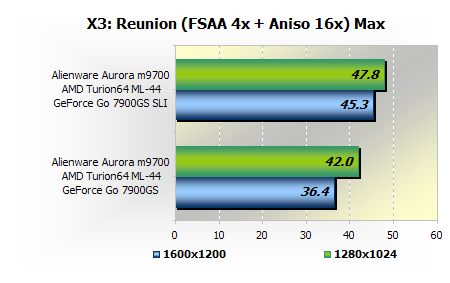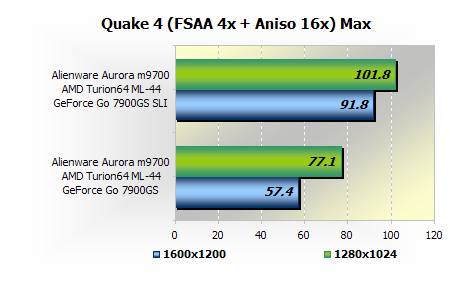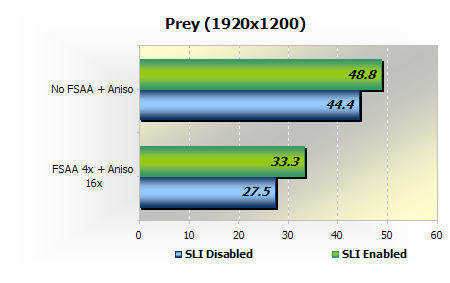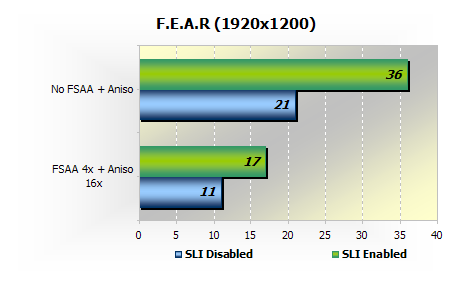High Quality Gaming Performance
Clearly the Turion64 ML-44 processor is limiting the performance of the Aurora m9700 to a certain degree. This means that in order to see the benefits of SLI, running at high resolutions such as 1600x1200 is not enough. Rather quality settings such as FSAA 4x and Aniso 16x need to be enabled in order to stress the graphics cards directly.
This also means that while games such as X3: Reunion are not going to exceed 50fps with FSAA and Aniso disabled, enabling these visual settings should have no noticeable impact on performance. This has been the case with SLI in the past, as mid-range desktop processors have never been capable of utilizing the power of dual graphics cards.
Only recently with the release of the Intel Conroe architecture have we seen a processor capable of utilizing technologies such as SLI to a greater extent. Therefore in order to see any real gains from using two GeForce Go 7900GS graphics cards FSAA 4x and Aniso 16x had to be enabled. This is fantastic news for users that do not find such high quality settings essential at 1600x1200 and greater, as a single GeForce Go 7900GS will be more than sufficient. Before I move on to the final section of this review I would just like to show some SLI results with FSAA 4x and Aniso 16x enabled.

As you can see in X3 with FSAA 4x and Aniso 16x quality settings, the SLI enabled Aurora m9700 was 25% faster at 1600x1200 and 11% faster at 1280x1024. Although a 25% performance gain is not nearly as good as what SLI is capable of, it is much better than what it showed in previous tests.

Now the Quake 4 results are much more SLI friendly, as the 1600x1200 results show a huge 61% performance gain with SLI enabled. This is a much welcomed improvement, and certainly more of what I was expecting to see. In other tests I did not post here, Prey still saw no gains in performance with SLI enabled, nor did UT2004, as the processor became the bottleneck.


As you can see, performance at 1920x1200 is not all that impressive in Prey or F.E.A.R, as both games brought the SLI GeForce Go 7900GS cards to their knees.
Prey was almost playable at 1920x1200 with FSAA and Aniso settings disabled. While an average frame rate of ~44-48 fps is decent at 1920x1200, there were instances were the frame rates would dip low enough to upset the gameplay.
Again in Prey you will notice that SLI made very little difference. On the other hand, F.E.A.R did see decent performance gains when using SLI. However, given how demanding F.E.A.R is, the Aurora m9700 was unable to deliver playable performance at 1920x1200 with maximum in game settings enabled.